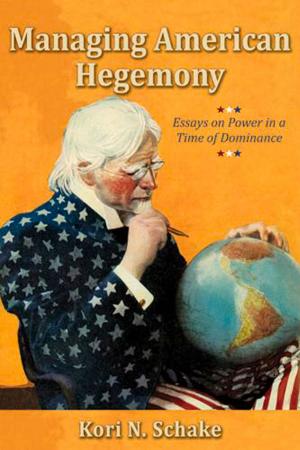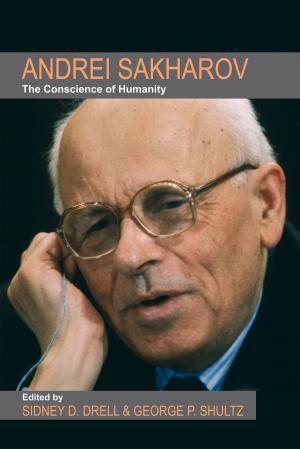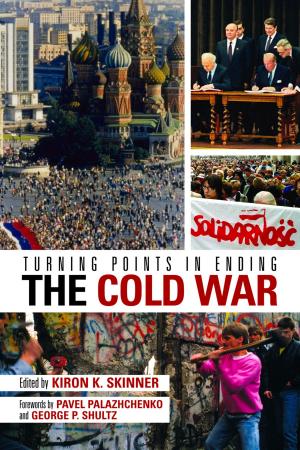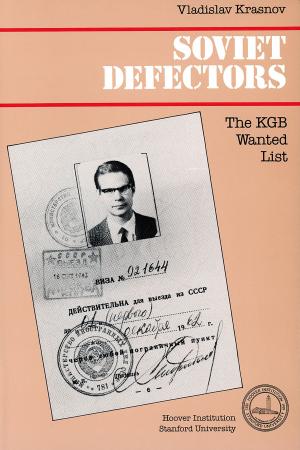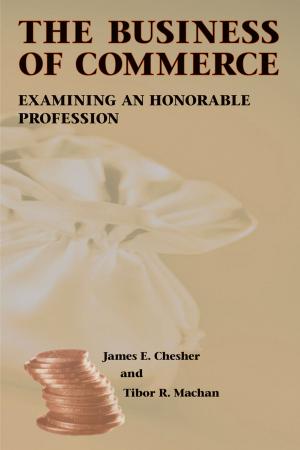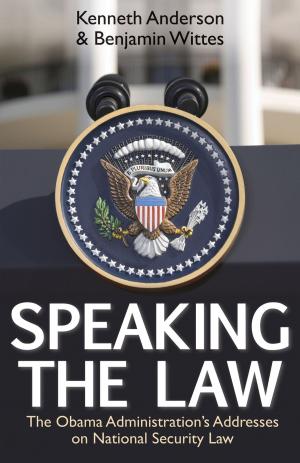Eyes, Ears, and Daggers
Special Operations Forces and the Central Intelligence Agency in America's Evolving Struggle against Terrorism
Nonfiction, Social & Cultural Studies, Political Science| Author: | Thomas H. Henriksen | ISBN: | 9780817919764 |
| Publisher: | Hoover Institution Press | Publication: | October 1, 2016 |
| Imprint: | Hoover Institution Press | Language: | English |
| Author: | Thomas H. Henriksen |
| ISBN: | 9780817919764 |
| Publisher: | Hoover Institution Press |
| Publication: | October 1, 2016 |
| Imprint: | Hoover Institution Press |
| Language: | English |
Both the Special Operations Forces (SOF) and the Central Intelligence Agency (CIA) have served as the nation's eyes, ears, and daggers, often in close cooperation but occasionally at cross-purposes throughout their histories. In this book, Thomas H. Henriksen examines the warrior-spy connection both before and after the formation of the SOF and the CIA, suggesting that their history is notable for instances of cooperating, competing, circumventing, and even cutting each other out of the action before the 9/11 terrorist attacks brought about their present close alignment. Henriksen shows how, by adopting an intelligence-driven, targeted counterstrike weapon against terrorists, the United States went from a Cold War Goliath to a more nimble force, thanks largely to the SOF and CIA contributions. But their contemporary blending, he suggests, could be just a temporary realignment and that a return to their traditional rivalry is not out of the question. By revisiting and appreciating their respective histories before partnering to combat Islamist terrorism, he provides a clearer understanding of their interaction and offers lessons for the struggle against extremist violence.
Both the Special Operations Forces (SOF) and the Central Intelligence Agency (CIA) have served as the nation's eyes, ears, and daggers, often in close cooperation but occasionally at cross-purposes throughout their histories. In this book, Thomas H. Henriksen examines the warrior-spy connection both before and after the formation of the SOF and the CIA, suggesting that their history is notable for instances of cooperating, competing, circumventing, and even cutting each other out of the action before the 9/11 terrorist attacks brought about their present close alignment. Henriksen shows how, by adopting an intelligence-driven, targeted counterstrike weapon against terrorists, the United States went from a Cold War Goliath to a more nimble force, thanks largely to the SOF and CIA contributions. But their contemporary blending, he suggests, could be just a temporary realignment and that a return to their traditional rivalry is not out of the question. By revisiting and appreciating their respective histories before partnering to combat Islamist terrorism, he provides a clearer understanding of their interaction and offers lessons for the struggle against extremist violence.



